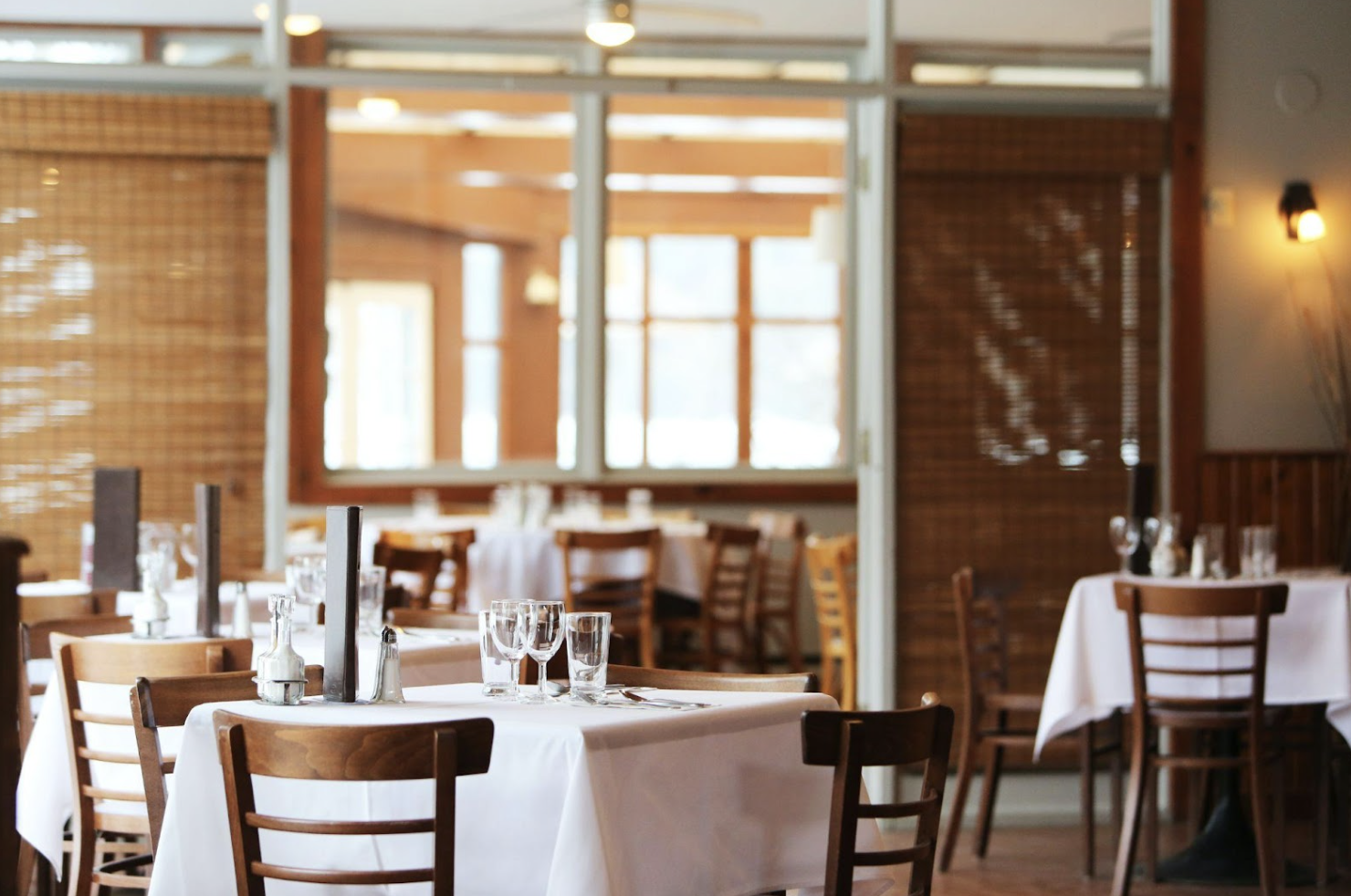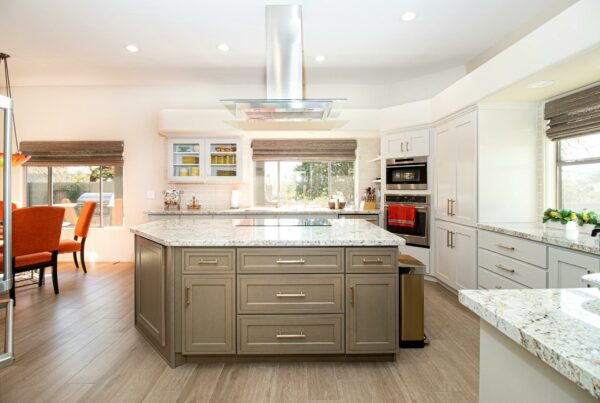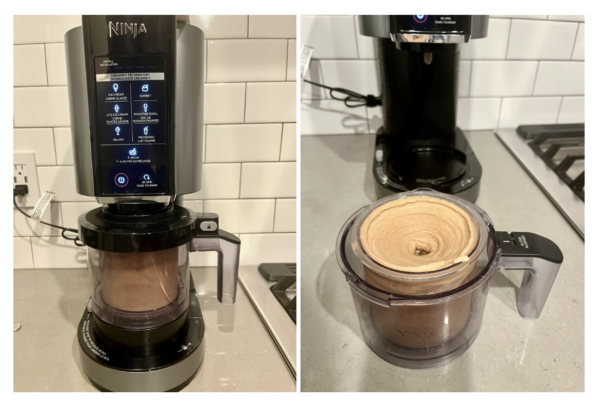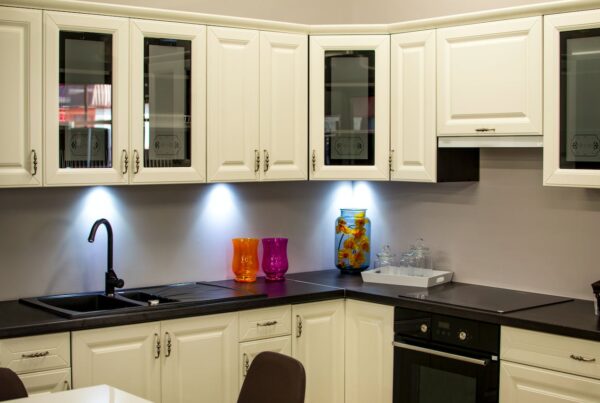Last Updated on September 20, 2023
Yes, less is more. This is the most famous and perhaps the most beloved phrase, which presents the entire artistic movement of minimalism in one simple sentence.
Although it consists of only a few short words, it actually says a lot – and symbolically represents the whole essence.
Now, we can only say a big thank you to Ludwig Mies van der Rohe, who adopted this phrase in 1947 and influenced many concepts in design, architecture, cinema, fashion, and even haute cuisine. And this is convenient if you want to combine fantastic food with an even better interior, because that’s definitely the equation for a successful restaurant.
Being a small restaurant owner can be stressful. Hey, just remember young chef Carmy from the series The Bear and how accurate and honest a representation of coping was given in that situation. Besides, if you’re reading this article, there’s probably a chance you have an affinity for cooking, owning a small restaurant, or even both.
You must be wondering how to create an unforgettable atmosphere and why designing a restaurant is so important. Let’s get into it.
Pay attention to small restaurant design
First of all, a small restaurant doesn’t have to be boring! Especially when there’s so much room for design that can make a big impact. Having a clever layout or functional furniture choices inside a small space can transform it into an elegant and cozy dining spot.
Before everything, as a small restaurant owner, you should take care of the goals you’ve set for the final look of your interior. Concentrating on your design should spark some ideas that will make your restaurant stand out:
- Maximizing space in small restaurant design involves creative layout planning, functional furniture, and clever storage solutions to optimize every inch. Smart layout planning is essential to making the most of limited space while maintaining comfort and ambiance in small restaurants.
- Creating ambiance in a small restaurant involves setting the mood with lighting, carefully selected colors, and the strategic use of mirrors to make the space feel cozy and inviting. The selection of the right color palette is essential for creating the atmosphere of a small restaurant, from warm and inviting tones to bold and vibrant shades that can reflect culinary creativity. All of these can be enhanced with lighting techniques such as dimmers, pendant lights, and spotlights.
All of these small details can leave an impression on guests and create a recognizable trademark that they will want to be a part of.
Safety comes first before designing a secure dining experience
If you want to create a culinary haven, you should be prepared for a not-so-secret ingredient that enhances the enjoyment of every delectable dish. And that’s prioritizing safety. When it comes to maintaining a safe and compliant restaurant environment, for example, Lightspeed’s restaurant food safety recommendations can serve as a guiding light.
Being informed about a wide range of crucial topics, from food storage or handling practices to cleanliness and sanitation protocols, is imperative if you want to start your culinary journey or even if you’re a seasoned restaurateur.
In this case, knowing less is not more, so the common health code violations in restaurants are:
- Improper food storage
- Inadequate handwashing
- Poor sanitation
- Contamination
- Pest control
- Health and hygiene of employees
- Inaccurate record keeping
- Indequate training
These violations can result in health inspections at your restaurant doors, fines, and even, in severe cases, the temporary closure of the restaurant to protect public health.
If you own a restaurant, you are responsible for ensuring that your customers’ health is not jeopardized by sloppy hygiene practices, and your employees share in that responsibility.
Incorporating technology is the secret sauce for success
Have you ever thought about how you might use technology to completely transform and supercharge your restaurant’s interior design and how it can boost your restaurant business?
Using a point-of-sale (POS) system to manage orders, stock, and sales is like spreading butter on toast; it makes everything run more smoothly. You’ve probably noticed the QR codes on menus and asked yourself: Are the days of boring static menus gone? Not only is it more sustainable, but having digital menu boards and displays that showcase mouthwatering dishes is much more vibrant and easier to work with.
Online ordering and reservations are also the unsung heroes of technology incorporation since they save a lot of time and hunger! With just a few clicks, you can secure a table or even have your favorite meal delivered right to your doorstep. This is convenience at its finest.
Being aesthetically pleasing takes effort
We heard about technological necessities for efficient functionality, but what about the part about being visually appealing? What can we tell about the role of technology in that area?
You may not think about it at first, but home design software can be a tremendous tool in this process. Providing advanced tools for spatial planning and interior layout optimization can enable designers and architects to visualize, experiment with, and add final touches to every aspect of a restaurant’s space.
If you take a look at Foyr’s home design software, you will see there are plenty of valuable resources that can assist small restaurant enthusiasts in creating a well-planned and aesthetically appealing dining space. And who doesn’t want that?
Experimenting with layouts, furniture arrangements, and decor options can help craft an inviting restaurant interior that has its own unique vision and needs.
Source: https://www.pexels.com/photo/close-up-of-menu-313700/
Is your branding and signage eye-catching?
If you want to show off your small restaurant design, you’ll probably have to think about the branding and signage. And to make it more appealing, focusing on simplicity and strategic placements can help.
Selecting a simple layout with minimal ornamentation in order to highlight the restaurant’s essential characteristics at a glance is always a safe option.
Keep in mind that even if you want your signage to be noticeable, consider the appropriate size for your space since oversized signage can overwhelm a small area and risk losing visual balance.
From neon to chalkboards, let your signage reflect your brand and attract customers.
Having consistent branding throughout the space is like the glue that ties everything together in a restaurant. From the menu design and signage to the mesmerizing logo design, it should all scream your brand’s personality.
Just keep in mind that every nook and cranny should be cozy, just as memorable as the food that the restaurant is serving, and completely original to you.
Smooth traffic flow and accessibility
Navigating a restaurant is one of the crucial points when you’re constructing a design plan. From wheelchair accessibility to avoiding traffic jams is the goal of every restaurant owner.
From dreams to goals, and later to the execution of the accessibility plan, it should start with ADA compliance considerations.
It’s not just about wheelchair accessibility but also ensuring that everyone can comfortably navigate the space, making sure all guests feel welcome and included.
When it comes to your customers and employees, one of the most important factors to consider is traffic flow. You want your guests to be able to move around freely without bumping into each other or waiting forever. If you plan the space wisely and make sure there are not any obstacles in the way of a relaxing meal.
Thinking from perspective, all of us are different, and at many points in our lives we have been guests in restaurants – we always had something that we liked or didn’t like. Take those points you’ve remembered and use them to your advantage.
If you, as a restaurant owner, can accommodate your small restaurant to different customer needs and make customer-centric changes, you’re in for a big success.
Open kitchen concept
What can an open kitchen area do for a small restaurant? Well, it eliminates physical barriers like closed doors or walls, and it allows guests to see directly into the kitchen where chefs are preparing meals. Just like in the movie The Menu, but it certainly is not that scary.
In fact, this open concept offers transparency and a sense of interaction between the kitchen staff and diners, creating an engaging dining experience.
It can enhance the perception of quality, cleanliness, and freshness while adding an element of excitement as customers watch their meals being prepared.
If it does go with your branding, you should go for it. An open kitchen space can maximize the feeling of spaciousness in a small restaurant, making it appear larger and more inviting.
Displaying culinary craftsmanship can be a trick up your sleeve for making your restaurant more recognizable, inviting, and distinct from the competition.
Source: https://www.pexels.com/photo/chef-cooking-in-the-kitchen-2544829/
Create a memorable dining experience
When it comes to dining out, we all want more than just a meal. We want an experience. We crave it—for something to leave a lasting impression.
And if you, as the owner of a small restaurant, consider things from the point of view of a customer, you will see that there are a great many opportunities for you to create that.
Be creative and make use of the fact that you are currently living in a digital age; do not let any of the available space go to waste. Research and find solutions that will keep things organized and clutter-free. Experiment and carefully select every detail, from the mirrors on the wall to the glass on the table.
Finding encouragement to do great things in small spaces is one of the greatest joys of today. Just be consistent, and don’t be afraid to think outside the box.





